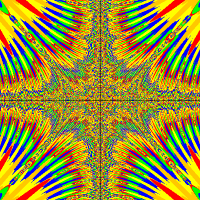Hi,
I'm new to programming and I stumbled on greenfoot by accident. I have watched the tutorials and I can fairly read the codes. I'm puzzling to solve an issue how to get an object to move from a random location to a clicked location (not appearing on the clicked location!). Basically I would like to activate an object (actor) by leftclick and moving it to a location/object specified by rightclick (prefferably in a straight line). Any thoughts?
Cheers,
R.





